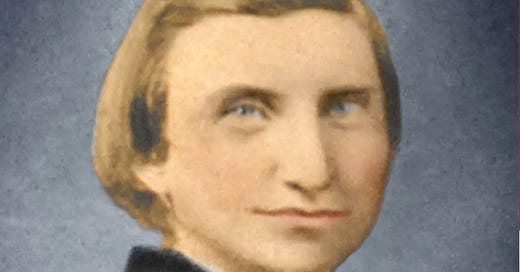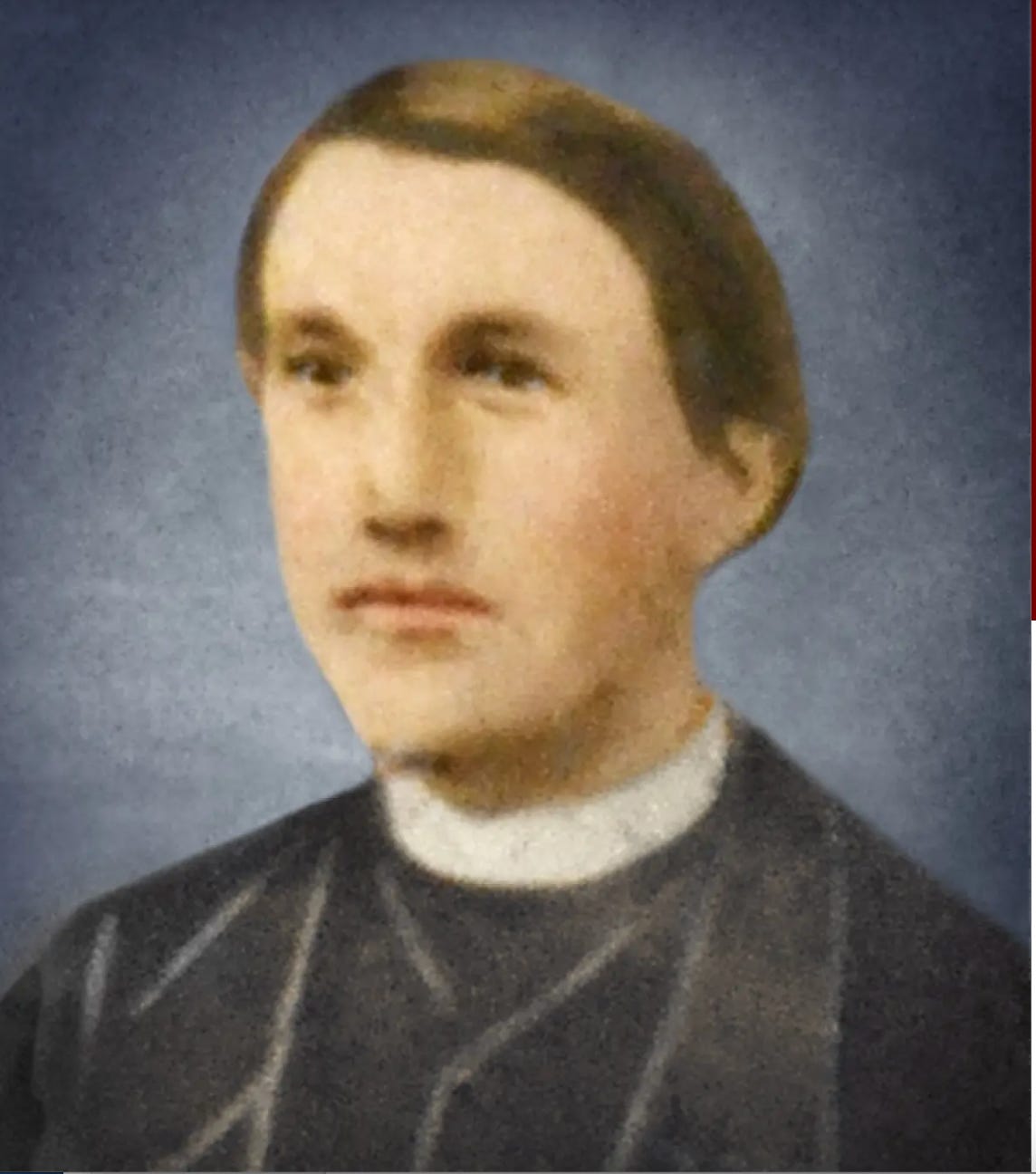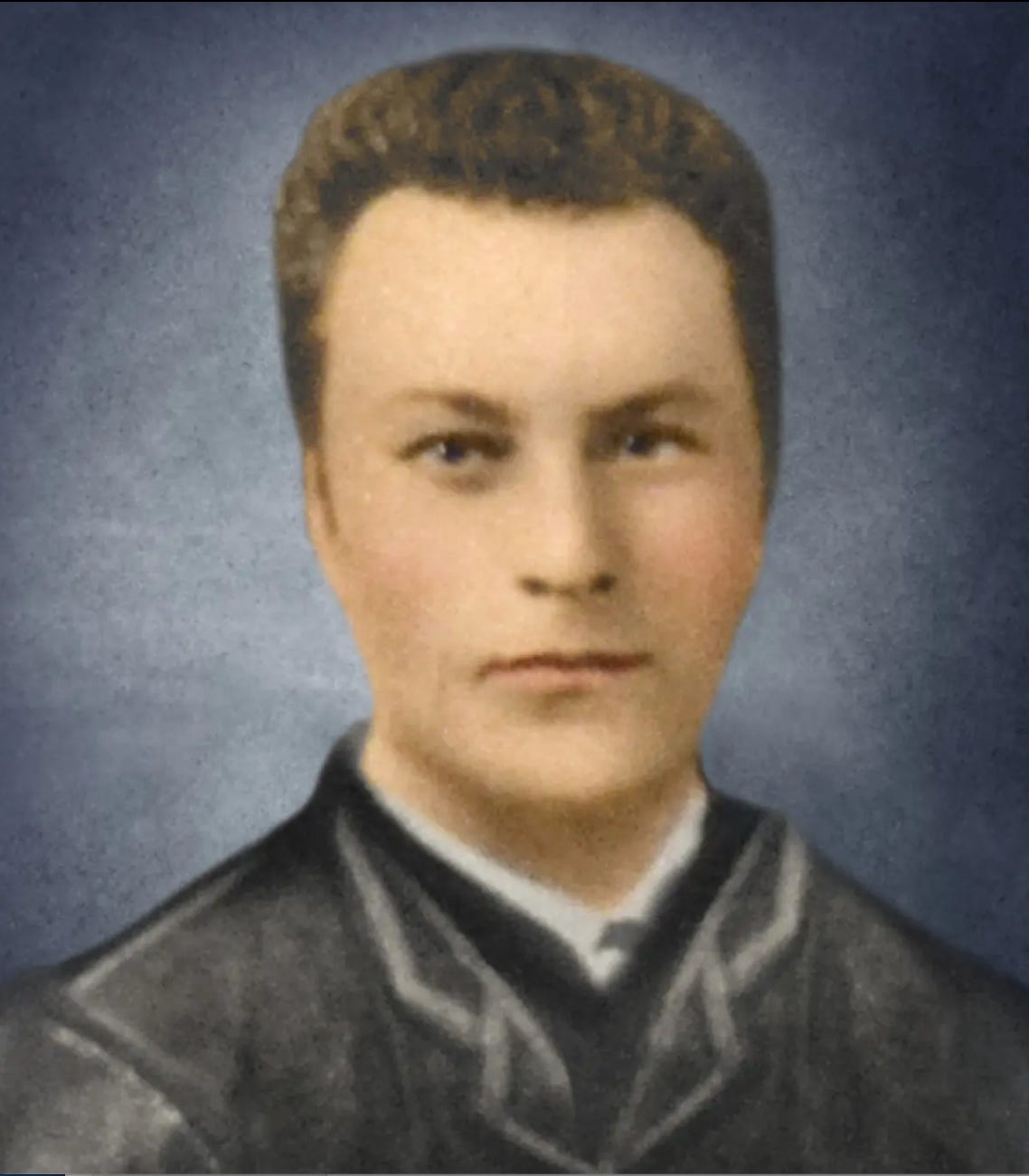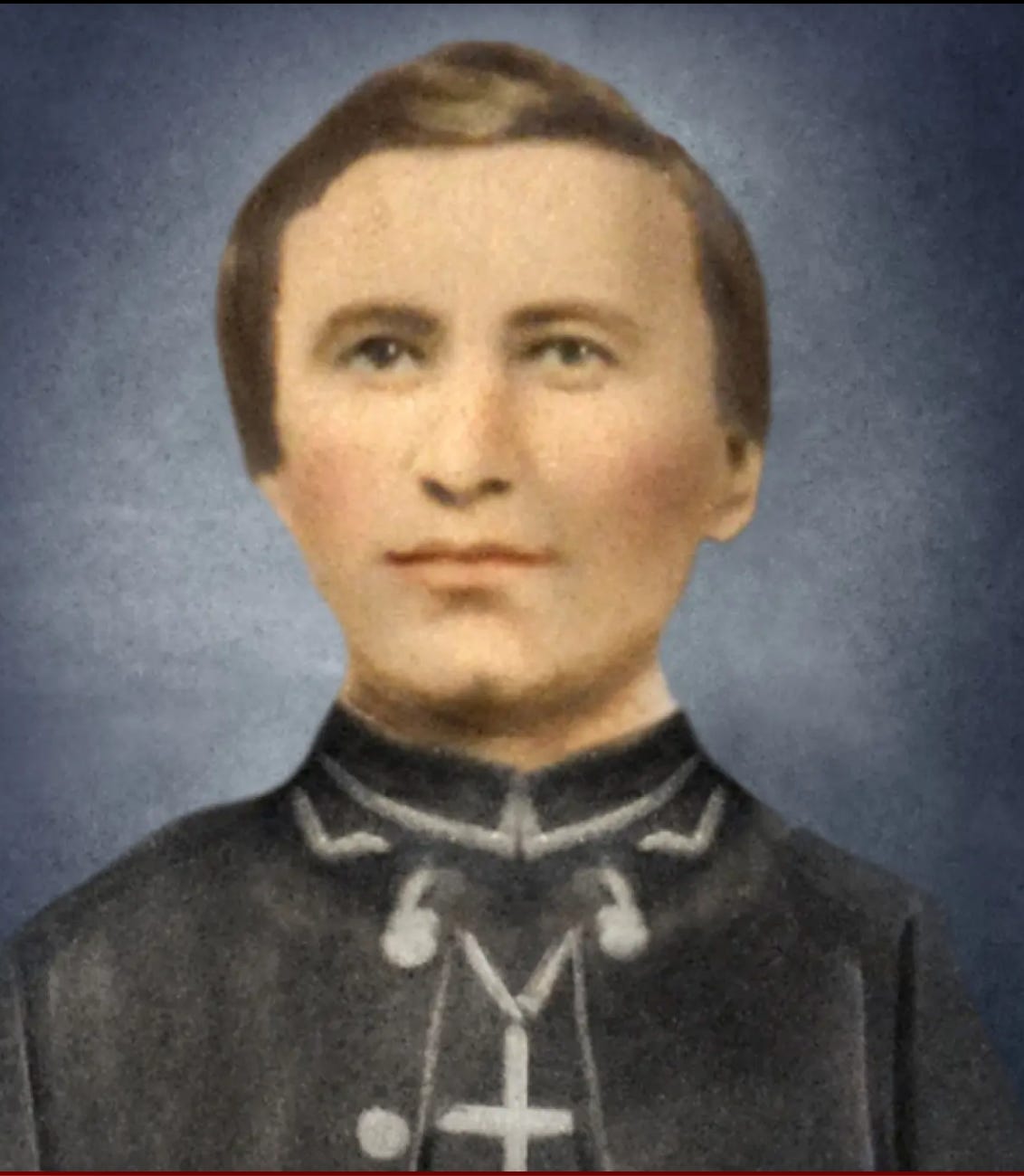
Meet the ‘Shreveport Martyrs’ - the five potential saints on the USCCB agenda this week
The five priests died in a three-week period while ministering to the sick and dying in one of the worst Yellow Fever outbreaks in U.S. history.
At their plenary assembly this week, the U.S. bishops will hold a consultative vote on whether to advance the beatification cause of five priests who died during the 1873 Yellow Fever epidemic in Shreveport, Louisiana.
The five priests died in a three-week span while ministering to the sick and dying in what would become one of the worst Yellow Fever outbreaks in U.S. history.
In December 2020, the beatification cause was opened for Servants of God Isidore Quémerais, Jean Pierre, Jean Marie Biler, Louis Gergaud, and François LeVézouë. Their cause is the first from northern Louisiana.
Their causes fall under the “offering of life” category introduced by Pope Francis in 2017 as a path to canonization.
This category encompasses those who die prematurely as a result of freely and voluntarily offering their life in an act of charity. It is distinct from martyrdom, which requires that a person be killed in an act of hatred of the faith, although the priests are sometimes referred to as “Martyr to His Charity.”
All five priests hailed from France and were serving as missionaries in Louisiana in the mid-1800s.
When Shreveport was established as a diocese in 1853, its new bishop Auguste Martin traveled to France, seeking priests and seminarians who would be willing to serve as missionaries in Louisiana.
His message to them made no attempt to downplay the sacrifices and sufferings that would await the missionaries.
“We offer you no salary, no recompense, no holiday or pension. But much hard work, a poor dwelling, few consolations, many disappointments, frequent sickness, a violent or lonely death, and unknown grave,” he said.
With an understanding of the risks inherent to their calling, the five Servants of God agreed to serve in the new diocese.
Fr. Pierre was assigned as pastor at Holy Trinity Church in Shreveport, where he became known for both his intelligence and his selflessness as a priest. As the local Church grew, he requested assistance, and the bishop assigned the young Fr. Quémerais to help him.
It was late August 1873 when the first Yellow Fever cases surfaced in Shreveport. The devastating illness – which begins with fever, nausea, and body aches, but can progress to jaundice, delirium, and organ failure – prompted quarantine restrictions, curfews and other rules in an attempt to prevent an epidemic.
When it became evident that the virus was continuing to spread, wealthy and well-connected people fled the city. But Pierre chose to remain in Shreveport to minister to the sick and dying.
Quémerais – who was at the time recovering from a separate illness outside Shreveport – immediately came to assist Pierre, choosing to serve inside the quarantine area despite his own compromised health.
But even with two priests, the number of sick patients was staggering. On September 9, Pierre sent a message to a nearby convent in Fairfield, three miles away, asking for additional help.
Shortly after sending the request, both Pierre and Quémerais fell ill.
Biler was serving as the chaplain at the Fairfield convent when he received the message requesting assistance. He arrived in Shreveport in time to offer the Anointing of the Sick to both Quémerais, who died September 15, and Pierre, who died the following day.
Biler had initially struggled to adjust to life in Louisiana. Learning English had been difficult for him, and he didn’t like the climate. His perseverance in serving at the convent had drawn praise from Bishop Martin.
Biler worked tirelessly in the days that followed, caring for some 900 people in Shreveport. But he himself also fell ill and had to seek additional help.
Gergaud arrived after a few days, followed about a week later by LeVezouet.
Gergaud had previously been serving in Monroe, where he had become known – and sometimes faced hostility – for his ministry to slaves ahead of the Civil War. He responded immediately to the call for help in Shreveport, telling his associate pastor, “Write to the bishop, and tell him I go to my death. It is my duty, and I go.”
LeVézouët, who came from a wealthy and well-educated background, had arrived in Louisiana as a seminarian and had worked closely with Bishop Martin for several decades before receiving the message from Biler asking for assistance in Shreveport.
The bishop later recounted that when he asked LeVézouët whether he wanted to go to the virus-stricken city, the priest responded, “I want to go so much that if you left the decision up to me, I would believe that in going I was acting according to my own will. I do not want to do anything but the will of God.”
By the time LeVézouët arrived on September 26, the other two priests were very sick. He administered Last Rites to Biler, who died a few hours later, and to Gergaud, who died October 1.
For the next week, LeVézouët took over the work of offering pastoral care to the sick and dying in Shreveport.
But he too succumbed to the virus. He died on October 8 – the last of the five priests to die. He also was able to receive the Anointing of the Sick - just hours before his death, two new priests arrived from New Orleans.
Bishop Martin had specifically requested priests from New Orleans who had previous exposure to Yellow Fever, in the hopes that they would have greater immunity to the illness.
Within weeks after LeVézouët’s death, an early frost in Shreveport brought an end to the Yellow Fever epidemic. Roughly 1 in 4 of the city’s inhabitants had died in less than three months.
The story of the priests’ sacrifice continued to be recounted in the years following the epidemic, and is still celebrated today.
Opening the beatification cause for the priests in 2020, Bishop Francis Malone of Shreveport praised the “extraordinary zeal of these early missionary priests to our area, which culminated in the free offering of their lives.”
“The stories of their lives up to their deaths in the epidemic are truly extraordinary,” he said.













The level of irony – this group of bishops discussing the merits of 5 priests who bravely rushed to provide the sacraments – facing real and likely death - during a Yellow Fever outbreak (25% death rate). This group of bishops who stopped Mass for months, many stopped all sacraments – anointing of sick, baptism, and confession – let the old and dying – die alone. This group of bishops who many said – ‘our most important consideration is your health and safety’. If they faced what they have done : – allowing so many souls to die without the sacraments; enabling so many souls to simply stopped going to Mass (because why bother if McDonalds, Walmart and Liquor Stores stay open and are essential but Mass isn’t…) and, as bad, the quashing of the opportunity for priests to be courageous men and priests – to rush to provide the sacraments. If they really faced what they had done – they would be bitterly ashamed, would make personal and public reparation and would be unable to even say the names of these 5 men – much less judge if they should continue on the process for possible canonization.
During the early part of the pandemic, my family began to ask for these martyrs’ intersession. I truly believe that their intersession continued to serve us during that time. I am glad that knowledge of them and their sacrifices is being made known to others.